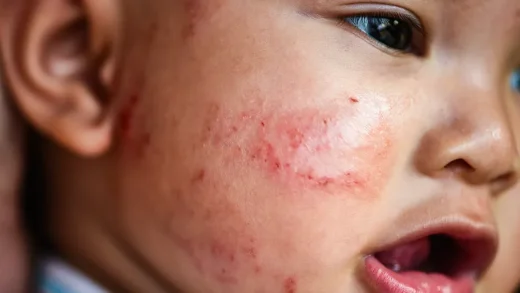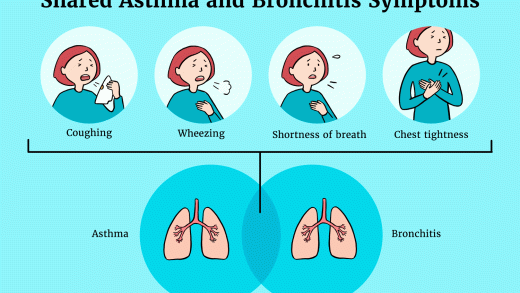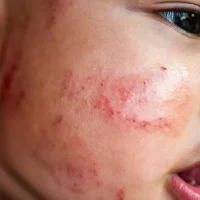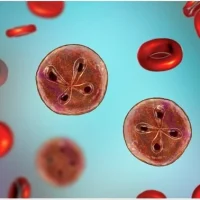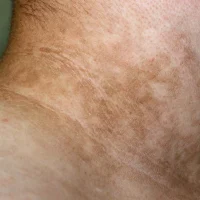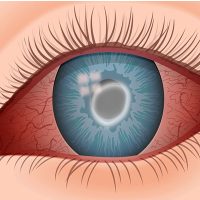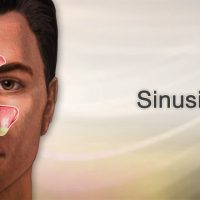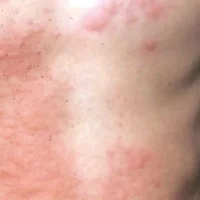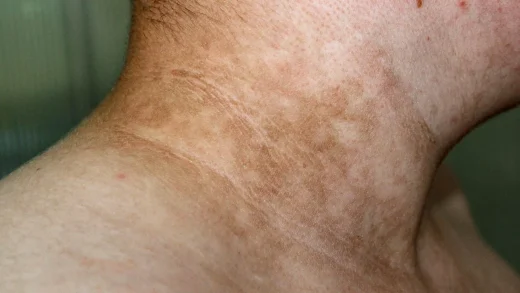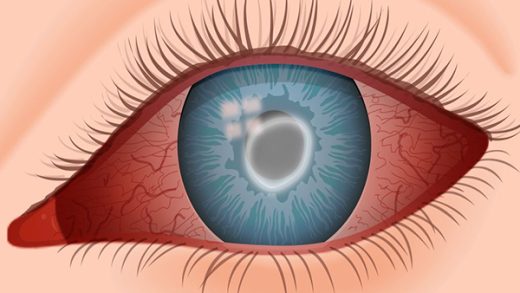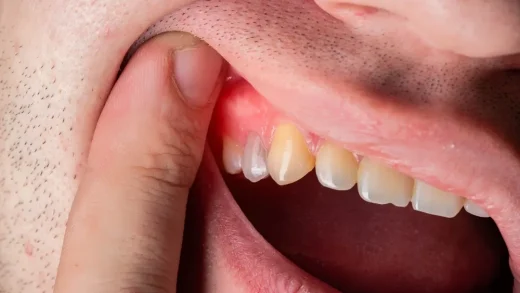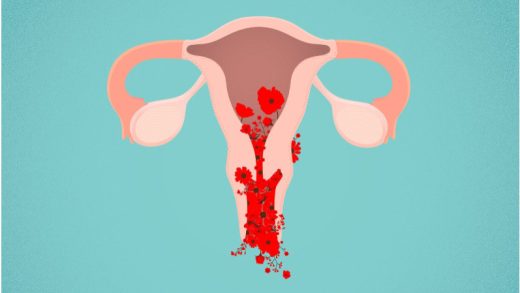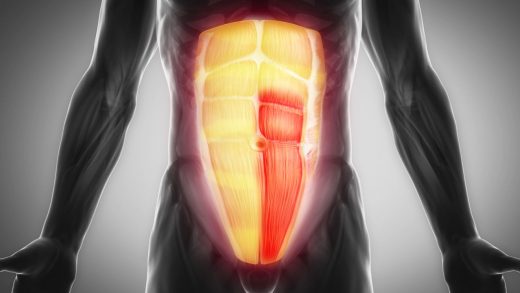What is acanthosis nigricans?
Spotting ranges from light brown to black due to this skin condition. It often happens to otherwise healthy people, but in some cases, it may be a sign of an underlying condition. The markings look like a spot or stain that you might think you can scrub off. However, cleaning will not get rid of acanthosis nigricans (AN).
Where does acanthosis nigricans appear?
Acanthosis nigricans, pronounced “a-can-THO-sis NIH-grih-cans,” is characterized by velvety markings that can appear anywhere on the body. The most common places for them to appear are under the breasts, on the groin, armpits, and neck folds.
Is acanthosis nigricans contagious?
No, AN isn’t contagious. You can’t pass it to others or get it from other people.
Is acanthosis nigricans dangerous?
Although the condition is not dangerous, it could indicate an underlying issue that needs to be addressed. See your healthcare provider if you observe any unusual markings on your skin or shading. To ascertain what kind of treatment you require, your provider or a dermatologist (a specialist in skin care) will perform certain tests.
Who gets acanthosis nigricans?
Anyone can develop acanthosis nigricans, including otherwise healthy people. You may be at higher risk for getting this condition if you:
- Have excess weight or obesity.
- Have a family history of AN.
- Are of Native American, African, Caribbean or Hispanic descent.
- Have darker skin.
Does acanthosis nigricans mean I have diabetes?
While AN doesn’t always mean you have diabetes or prediabetes, it can be a sign of diabetes. So talk to your healthcare provider if you notice signs of AN.
Prediabetes means you have early signs but haven’t yet developed diabetes. If you have prediabetes, your provider will talk to you about steps to take to reduce your risk of developing diabetes. And if you do have diabetes, you and your provider can discuss treatment options.
How common is acanthosis nigricans?
Acanthosis nigricans is a rare disease. Researchers don’t know how often it occurs in America. However, a study of adults with obesity found that of those who weighed double their ideal body weight, at least 50% showed signs of acanthosis nigricans.
Symptoms and Causes
What causes acanthosis nigricans?
AN can have many causes, including:
- Conditions associated with elevated insulin blood level, such as obesity, prediabetes or diabetes.
- Congenital cause, meaning you are born with this condition.
- Genetics, if family members have AN as well.
- Certain medications, such as birth control pills or steroids.
- Hormonal conditions, including thyroid disease, Addison’s disease, hypothyroidism or other pituitary disorders.
- Growth hormone therapy.
AN symptoms tend to develop slowly. If symptoms develop quickly, it may be a sign of cancer, though this is rare.
What are symptoms of acanthosis nigricans?
Signs of this skin condition include:
- Patches of brown or black skin.
- Skin that feels velvety.
- Skin tags.
- Itchiness.
- Foul-smelling skin patches.
Symptoms tend to appear slowly, over months or even years. If these signs appear suddenly, see a dermatologist. It may be a sign of cancer.
Diagnosis and Tests
How is acanthosis nigricans diagnosed?
Your healthcare provider will talk to you about your symptoms and medical history and perform a physical exam. Often, these steps are enough to diagnose AN. Other tests to diagnose AN include:
- Blood work, which can help confirm or rule out underlying conditions such as diabetes.
- Skin biopsy (taking a sample of skin tissue), on rare occasions, if the diagnosis is not straightforward.
Management and Treatment
Will acanthosis nigricans go away on its own?
AN will not go away on its own, but you don’t always need medical treatment. If no underlying condition is causing AN, you can decide if you want to treat the dark patches.
Is acanthosis nigricans reversible?
People typically see good results after treatment. The skin clears, although the dark spots may not go away completely.
What treatments are available for acanthosis nigricans?
Treatment for AN depends on the cause. If AN is due to an underlying condition, such as diabetes or a hormonal condition, treating the condition will treat the skin problems.
Often, weight loss, exercise and a nutritious diet help reduce insulin levels, resulting in improved skin. The patches may even disappear completely.
Other treatments include:
- Prescription creams to lighten the area.
- Laser therapy or dermabrasion to reduce thickness.
- Antibiotics to get rid of odor or discomfort.
- Retinoids to help clear the skin.
- Stopping certain medications that are causing AN.
Do not use skin care products to treat dark spots without consulting with a healthcare provider. These products may not work and may even irritate your skin, worsening the condition.
How can I manage acanthosis nigricans?
If the AN is related to elevated insulin, managing your weight and eating a healthy diet can help prevent or reduce the dark spots.
Prevention
Can acanthosis nigricans be prevented?
If obesity is causing AN, you can help prevent the condition through weight management. A diet that helps you keep your blood sugar (insulin) levels in check can also help prevent AN.
Other preventive steps include:
- Managing medical conditions related to AN, such as thyroid problems and diabetes.
- Avoiding medications, such as birth control pills, that can cause or worsen AN.
Outlook / Prognosis
What is the outlook for people with acanthosis nigricans?
AN is not harmful or dangerous. With AN, people can lead regular, healthy lives.
Nonetheless, it is critical to treat illnesses like diabetes, obesity, or hormonal imbalances that may be the cause of AN. Additionally, consult your healthcare provider right away if the dark patches develop out of the blue. The abrupt appearance could be a cancerous sign.
Living With
When should I see a dermatologist about acanthosis nigricans?
Consult a dermatologist or your healthcare provider if you observe any changes in your skin. Even though tiny alterations or markings seem unimportant, they could point to a problem. Diabetes or prediabetes may be indicated by anthosis nigricans. To ensure you receive the right care, speak with your provider.
A note from DocAdvice
Dark patches on your body can be caused by a treatable skin condition called acanthosis nigricans. It is frequently (but not always) an indication of diabetes or prediabetes. To find out if you have an underlying condition that is causing your AN, speak with your healthcare provider. A medical professional can assist you in receiving treatment to lessen the marks and enhance your appearance and well-being.

